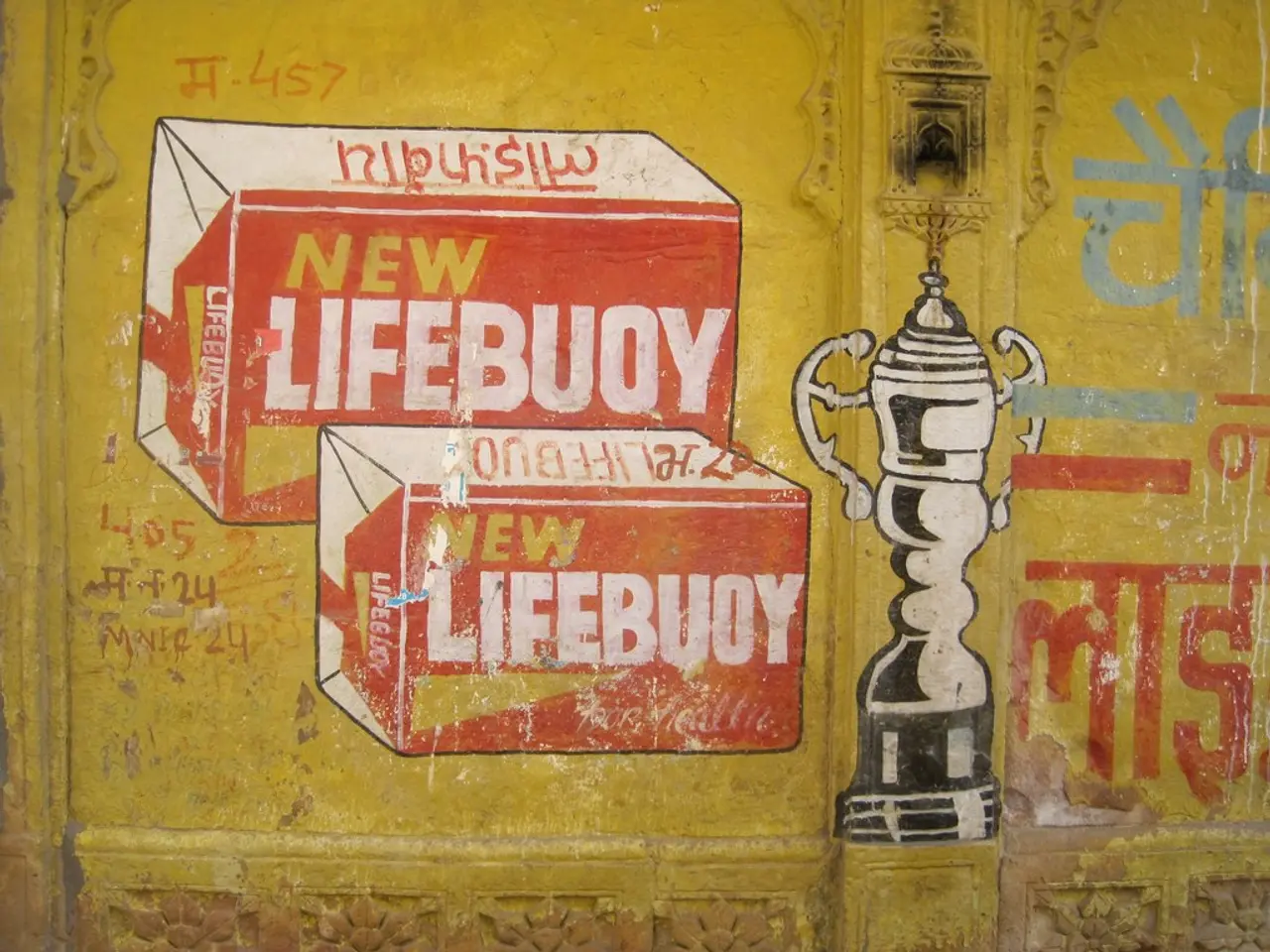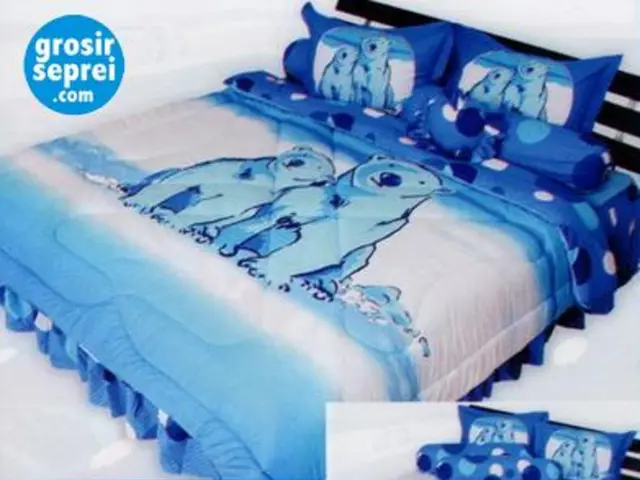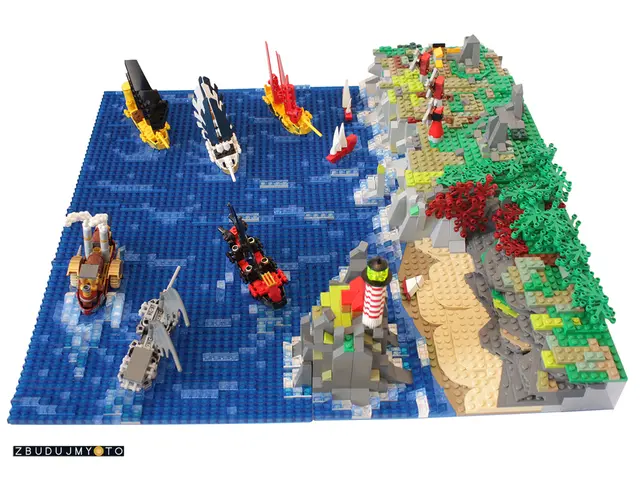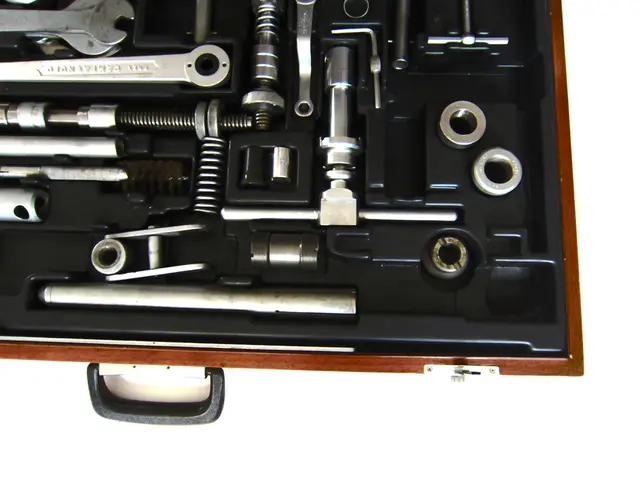Removing spots from wallpaper caused by urine: A quick guide
Removing old urine stains from wallpaper can be a challenging task, but with the right approach, it is possible to restore your walls to their former glory. In this article, we will explore two effective methods for tackling this issue: using an oxygen bleach-based cleaner and employing specialized pet urine removers.
Firstly, let's delve into the oxygen bleach method. To begin, prepare an oxygen bleach solution, which can be purchased commercially or mixed from appropriate oxygen bleach powder and water. Apply the solution to the stained wallpaper using a saturated paper towel, ensuring you avoid dripping. Allow the solution to sit for a few minutes, allowing the oxygen ions to break down the urine stain and odour on a microscopic level. Lightly scrub with a soft sponge if needed, then blot dry. Repeat as necessary to lighten or remove the stain completely. Oxygen bleach works well because it acts as a degreaser and stain remover without aggressive scrubbing, making it suitable for vertical wallpaper surfaces.
Alternatively, you can use specialized pet stain removers. Products like the Little Green® Pet Pro Cleaner, which features a Triple Action PET PRO OXY formula, are formulated specifically to break down urine molecules and odours. These products instantly remove and permanently neutralize urine stains and odours, protecting surfaces from future staining.
When using any cleaner, it's crucial to be mindful of the amount of moisture you apply. Excess moisture can cause damage or peeling, so avoid oversaturating the wallpaper. It's also wise to test the cleaner on an inconspicuous area first to ensure it does not discolor or damage the wallpaper. For more stubborn stains, repeated applications with resting times in between can help. If the wallpaper is delicate or the stain very old and set-in, consider consulting a professional restoration service.
Cleaning wallpaper with soapy water is a common method for removing dirt and grime, but it is important to be cautious when using water as the wallpaper paste is likely water-soluble. To clean wallpaper with soapy water, fill a bucket halfway with warm water, add a few drops or 2 tablespoons of clear, dye-free dish soap, and mix it well. Wear rubber gloves to protect your hands during the cleaning process, and use paper towels to wipe the affected area to remove excess urine from the wallpaper. Gently scrub the baking soda into the wallpaper using a brush or sponge, avoiding applying too much pressure. Use a soft sponge or cloth soaked in the soapy water to gently wipe the wallpaper, being careful around the wallpaper seams to avoid catching them and damaging the wallpaper.
In summary, using an oxygen bleach-based cleaner or a specialized enzymatic pet urine remover applied carefully with limited moisture and light scrubbing is the most effective way to remove old urine stains from wallpaper. Always wear protective gloves and ensure the room is well-ventilated during the cleaning process.
After successfully restoring your wallpaper from urine stains, it's essential to maintain a clean home-and-garden environment to prevent future accidents. Lifestyle changes such as training pets, using protective mats, and promptly cleaning minor spills can avoid reoccurring issues. Furthermore, treating old urine stains with careful application of either oxygen bleach or specialized pet urine removers at home can help preserve your home's aesthetic while ensuring a pet-friendly lifestyle in your home-and-garden setting.




